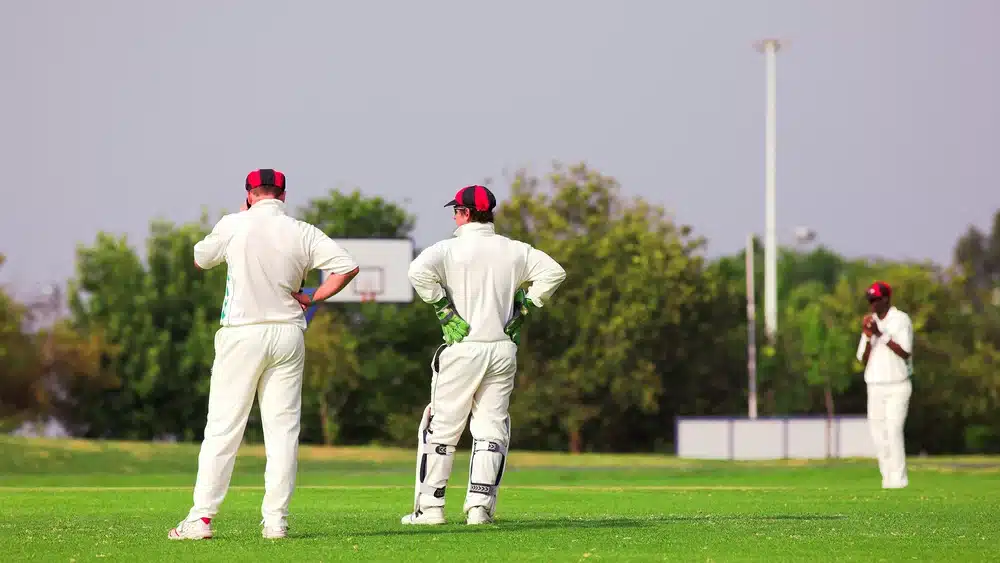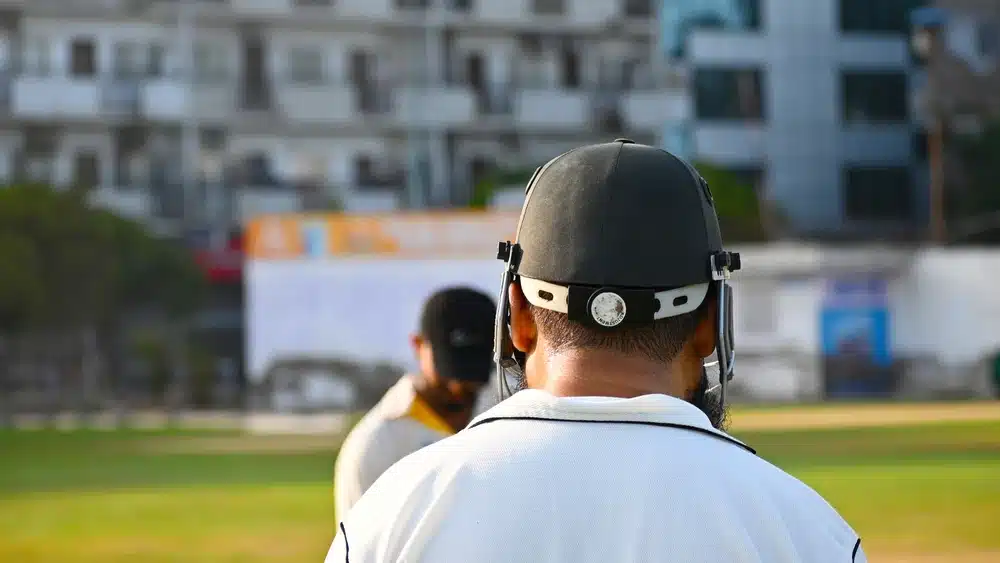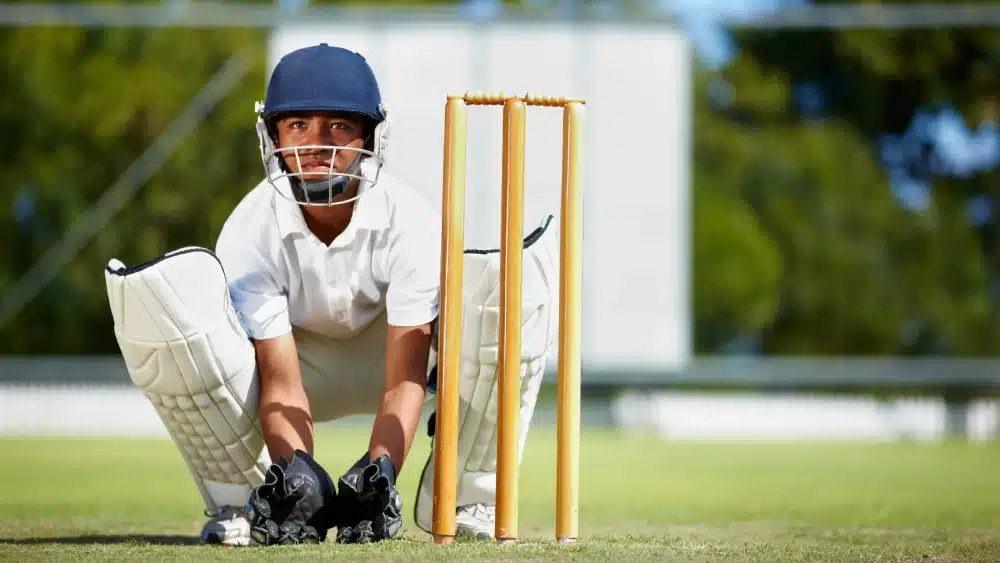
The strike rate in cricket, simply put, has a different meaning for batters and bowlers.
The batting strike rate of a cricketer is the average runs scored every 100 deliveries they face in a match. The higher strike rate a batter maintains over the course of their innings, the more aggressive and dangerous they appear to opposing bowlers.
It must be noted that the significance of batting strike rates differs in Test cricket and limited-overs cricket. In red-ball cricket, a batter’s temperament at the crease makes him more effective given the match will be played over a five-day period.
In contrast, players have to be consistent with getting runs off every ball in ODIs and T20Is given the fast-paced nature of the formats.
How to calculate batting strike rate?
To calculate a batter’s strike rate in cricket, we must divide the total number of runs they have scored by the number of deliveries they have faced. Then, the value is multiplied by 100 to get the strike rate of the batter.
One can calculate the batting strike rate of a player for a particular match and his entire career in any format.
Let’s understand this with the help of two examples.
- In a T20 match between Mumbai and Delhi, Player ‘A’ hit a match-winning 125 off 62 balls. Here, we divide 125 (runs scored) by 62 (balls faced) to get 2.01. Multiplying it by 100, we find that Player ‘A’ has registered a strike rate of 201.61 for their innings in the fixture.
- Virat Kohli has scored 12,311 career runs in One-Day International cricket, while facing 13,249 balls. So, to calculate Kohli’s career strike rate, we divide 12,311 by 13,249 to get 0.92. Once we multiply it by 100, we come to a conclusion that Virat Kohli has 12,311 ODI runs at a career strike rate of 92.92.
What is bowling strike rate?
The bowling strike of a cricketer is the average number of balls bowled to dismiss a batter. Here, if a bowler maintains a lower strike rate it means that they can claim wickets in few deliveries.
In contrast to how batting strike rate is valued more in limited-overs cricket than in Tests, bowling strike rates are of major significance in red-ball cricket than white-ball cricket.
In Test cricket, a bowler taking wickets takes priority over conceding runs while, on the contrary, a T20I or ODI bowler must maintain a strong economy rate - concede less runs per ball - even if they take less or no wickets.
How to calculate bowling strike rate?
To calculate a bowler’s strike rate in cricket, one must divide the number of deliveries they have bowled in an innings by the number of wickets they have taken.
One can calculate the bowling strike rate of a player for a particular match or his entire career in any format. Let’s go through two scenarios to understand this.
- In a Test match between India and New Zealand, Yuzvendra Chahal scalped two wickets in his 14 overs. Here, we divide 84 (balls bowled) by two (wickets taken) to get 42. Thus, Chahal has registered a bowling strike rate of 42 after taking two wickets in his 14 overs from the fixture.
- Shane Warne took 708 wickets in his celebrated Test cricket career, while bowling 40,705 balls. So, to calculate Warne’s career bowling strike rate, we divide 40,705 by 702 to get 57.4. At the end, we can say that the legendary Australian spinner has 708 wickets at a career strike rate of 57.4.
Author: William Paul
Featured photo: AFP / PUNIT PARANJPE



















